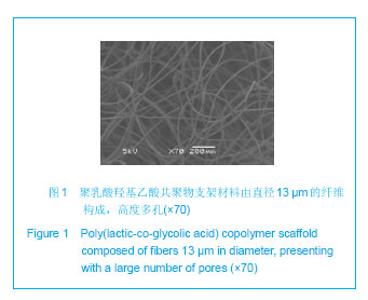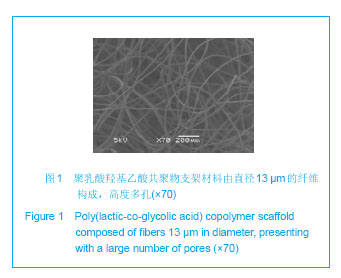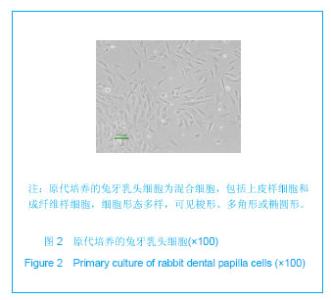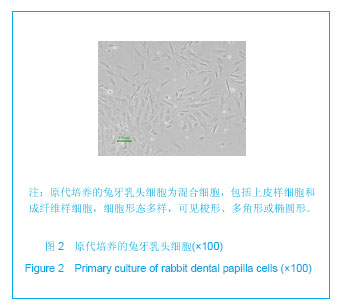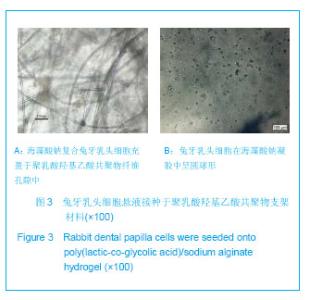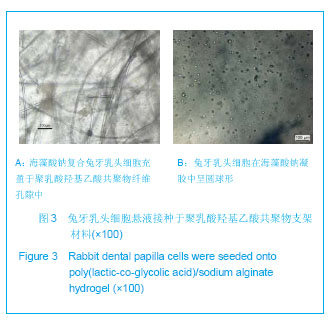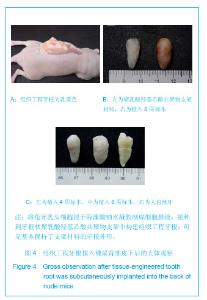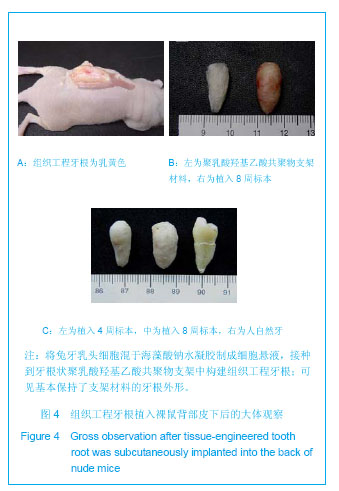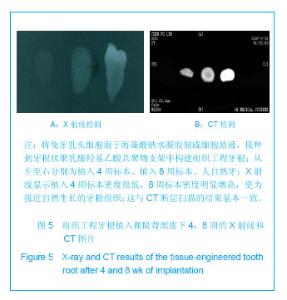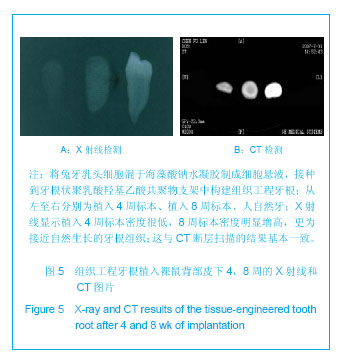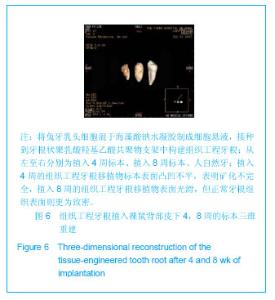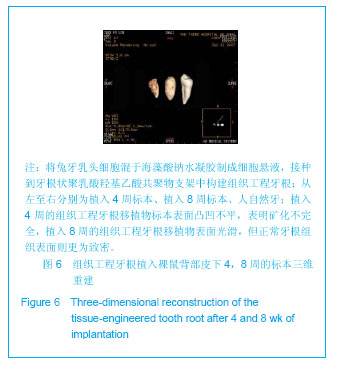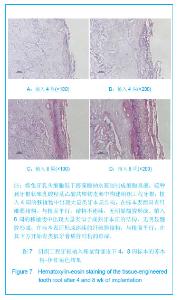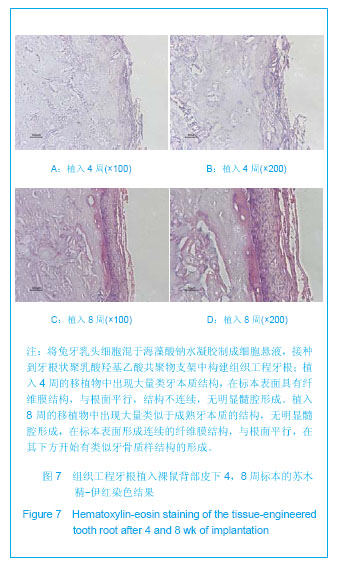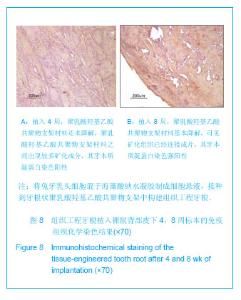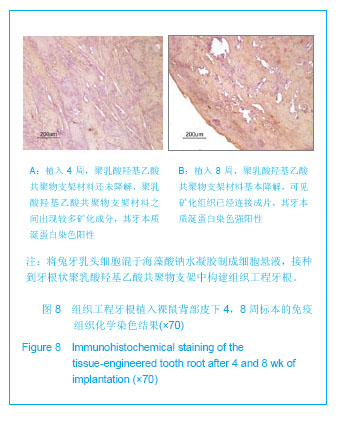| [1] Gassner R,Tuli T,Hachl O,et al.Craniomaxillofacial trauma in children: a review of 3,385 cases with 6,060 injuries in 10 years.J Oral Maxillofac Surg. 2004;62:399-407.
[2] Harrison JS,Stratemann S,Redding SW.Dental implants for patients who have had radiation treatment for head and neck cancer. Spec Care Dentist.2003; 23:223-229.
[3] Taylor GW,Manz MC,Borgnakke WS. Diabetes, periodontal diseases, dental caries, and tooth loss: a review of the literature.Compend Contin Educ Dent. 2004;25:179-184.
[4] Yelick PC, Vacanti JP. Bioengineered teeth from tooth bud cells.Dent Clin North Am.2006; 50(2):191-203.
[5] Peters H, Balling R. Teeth. Where and how to make them. Trends Genet. 1999;15:59-65.
[6] Vaahtokari A,Aberg T,Jernvall J.The enamel knot as a signaling center in the developing mouse tooth.Mech Dev. 1996;54:39-43.
[7] Grossmann Y,Sadan A.The prosthodontic concept of crown-to-root ratio: A review of the literature. J Prosthet Dent. 2005;93:559-562.
[8] Thesleff I. Developmental biology and building a tooth. Quintessence Int. 2003;34(8):613-620.
[9] Smith AJ. Tooth tissue engineering and regeneration--a translational vision.J Dent Res. 2004;83(7):517.
[10] Bluteau G, Luder HU, De Bari C,et al.Stem cells for tooth engineering. Eur Cell Mater. 2008;16:1-9.
[11] Young CS, Terada S, Vacanti JP, et al. Tissue engineering of complex tooth structure on biodegradable polymer scaffolds. J Dent Res. 2002; 81:695-700.
[12] Duailibi MT,Duailibi SE,Young CS,et al.Bioengineered teeth from cultured rat tooth bud cells. J Dent Res. 2004; 83(7): 523-528.
[13] Honda MJ,Tsuchiya S,Sumita Y,et al.The sequentialseeding of epith elial and mesenchymal cells for tissue-engineered tooth regeneration. Biomaterials.2007;28(4): 680-689.
[14] Yamamoto H,Kim EJ,Cho SW,et al. Analysis of tooth formation by reaggregated dental mesenchyme from mouse embryo. J Electron Microsc (Tokyo).2003; 52(6): 559-566.
[15] Modino SA,Sh arpe PT. Tissue engineering of teeth using adult stem cells. Arch Oral Biol.2005;50(2): 255-258.
[16] Ohazama A,Modino SA,Miletich I,et al.Stem-cell-basedtissue engineering of murine teeth. J Dent Res. 2004; 83(7): 518-522.
[17] Hu B,Nadiri A,Kuchler-Bopp S,et al.Tissue engineering of tooth crown, root, and periodontium. Tissue Eng.2006;12(8): 2069-2075.
[18] Thesleff I, Vaahtokari A, Kettunen P,et al. Epithelial-mesenchymal signaling during tooth development. Connect Tissue Res.1995;32:9-15.
[19] Murray PE,Matthews JB,Sloan AJ,et al.Analysis of incisor pulp cell populations in Wistar rats of different ages.Arch Oral Biol.2002; 47(10):709-715.
[20] D'Souza RN,Bronckers AL,Butler WT, et al.Developmental expression of a 53 KD dentin sialoprotein in rat tooth organs.J Histochem Cytochem.1992;40(3):359-366.
[21] Bronckers AL, D'Souza RN,Butler WT, et al. Dentin sialoprotein: biosynthesis and developmental appearance in rat tooth germs in comparison with amelogenins, osteocalcin and collagen type-I.Cell Tissue Res.1993;272(2):237-247.
[22] Ritchie HH, Pinero GJ, Hou H, et al. Molecular analysis of rat dentin sialoprotein. Connect Tissue Res.1995;33(1-3):73-79.
[23] Seo BM,Miura M,Gronthos S,et al.Investigation of multipotent postnatal stem cells from periodontal ligament. Lancet. 2004; 364(9429):149-155.
[24] Yang J,Yamato M,Kohno C,et al.Cell sheet engineering: Recreating tissues with out biodegradable scaffolds. Biomaterials. 2005;26(33):6415-6422.
[25] Nakahara T,Nakamura T,Kobayashi E,et al.Novel approach to regeneration of periodontal tissues based on in situ tissue engineering: effects of controlled release of basic fibroblast grow th factor from a sandw ich membrane.Tissue Eng.2003; 9(1):153-162. |
